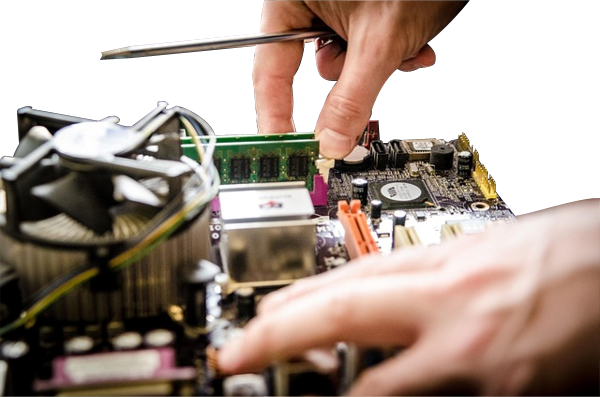Advice on downgrading MS Windows 8 and MS Windows 10 to Windows 7.
Author: Neil Patterson ::
2024 Expertek
Views: 1840 - Updated 6/25/2015 5:26 am Print this tip
Many of our customers over the years have expressed displeasure with the latest Windows operating system that came installed on their recently purchased computer, especially PCs with Windows 8 and Windows 8.1. Aside from minor compatibility problems, they typically cite usability issues, i.e. difficulties with finding things they were used to using on a previous version that they had worked with and were familiar to them. You may want a downgrade to a version that is familiar, and we have heard this request for a lot of operating systems, but none more so than Windows 8. We anticipate that we'll be hearing more of there requests in regards to the new Windows 10, due to be released this summer, 2015.
When we hear this request, of course our first thought is that IF they had simply consulted with us, we could have saved them a ton of time and frustration, by suggesting that they try the newer OS on a friend's PC, or demo it in a store, before making their purchase. Of course, if it's a first time purchase, then the OS probably won't matter, because they have nothing to compare it to, whereas people who have used XP, Vista or Windows 7 may become lost when trying to use the new Windows 8 interface. By talking with us, we could have recommended that they buy a system with Windows 7, and bypass the issues with the newer interface provided by Windows 8.
Yet, customers still want to downgrade Windows 8 to 7, and the problems here are several:
- You need to understand that a purchase of a new license will be required. The new license won't be able to register or activate the older OS you're downgrading to.
- Next, You need to consider whether or not there is data to be backed up.
- Then we need to look to see if drivers for an earlier OS were ever provided by the manufacturer, especially important in the case of laptops. Frequently, the drivers for newer hardware simply haven't been created for the older OS. If the drivers aren't available, there WILL be problems completing the downgrade, making such a move a very poor choice.
- Also, the move to a previous OS will generally void any support options that may be in effect, because most manufacturers won't support anything other than the original OS that the PC shipped with.
- Lastly, the warranty will frequently be void, since you have opted for a different OS than what was initially provided, or at least until you put the original OS back in place.
Generally speaking, the costs of license and labor are enough to warrant purchasing a system with the OS you desire. The difficulties in acquiring the proper drivers may eliminate the possibility of downgrading altogether.
As you can see, many times it's less frustrating to buy a system with the version that you want, already in place. Still have questions? Give us a call and we can help you sort it out.
Ask a question, or Leave a comment below!


